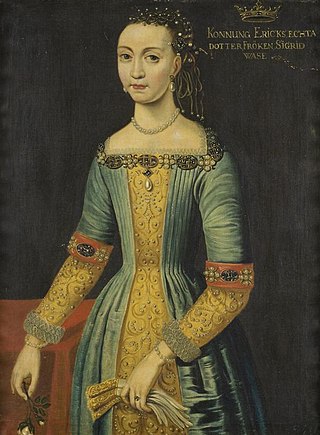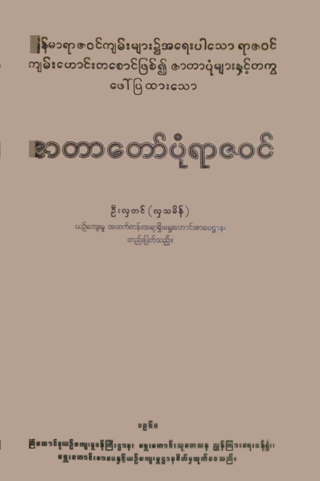
Alfonso III, called the Liberal and the Free, was king of Aragon and Valencia, and count of Barcelona from 1285 until his death. He conquered the Kingdom of Majorca between his succession and 1287.
A monarch is a head of state for life or until abdication, and therefore the head of state of a monarchy. A monarch may exercise the highest authority and power in the state, or others may wield that power on behalf of the monarch. Usually a monarch either personally inherits the lawful right to exercise the state's sovereign rights or is selected by an established process from a family or cohort eligible to provide the nation's monarch. Alternatively, an individual may proclaim themself monarch, which may be backed and legitimated through acclamation, right of conquest or a combination of means.
The abolition of monarchy and anti-royalism is a legislative or revolutionary movement to abolish monarchical elements in government, usually hereditary.

A dynasty is a sequence of rulers from the same family, usually in the context of a monarchical system, but sometimes also appearing in republics. A dynasty may also be referred to as a "house", "family" or "clan", among others.

The Coronation Chair, also known as St Edward's Chair or King Edward's Chair, is an ancient wooden chair on which British monarchs sit when they are invested with regalia and crowned at their coronations. It was commissioned in 1296 by King Edward I to contain the coronation stone of Scotland—known as the Stone of Destiny—which had been captured from the Scots. The chair was named after Edward the Confessor and was kept in his shrine at Westminster Abbey.

Princess is a title used by a female member of a monarch's family or by a female ruler. The male equivalent is a prince. Most often, the term has been used for the consort of a prince, or for the daughter of a monarch. A crown princess can be the heir apparent to the throne or the heir apparent's spouse.

Abdication is the act of formally relinquishing monarchical authority. Abdications have played various roles in the succession procedures of monarchies. While some cultures have viewed abdication as an extreme abandonment of duty, in other societies, abdication was a regular event and helped maintain stability during political succession.
This is a timeline of Burmese or Myanmar history, comprising important legal and territorial changes and political events in Burma and its predecessor states. To read about the background to these events, see History of Burma. See also the list of Burmese leaders.

Zatadawbon Yazawin is the earliest extant chronicle of Burma. The chronicle mainly covers the regnal dates of kings as well as horoscopes of select kings from Pagan to Konbaung periods. In terms of regnal years, the chronicle is considered "the most accurate of all Burmese chronicles, particularly with regard to the best-known Pagan and Ava kings, many of whose dates have been corroborated by epigraphy."